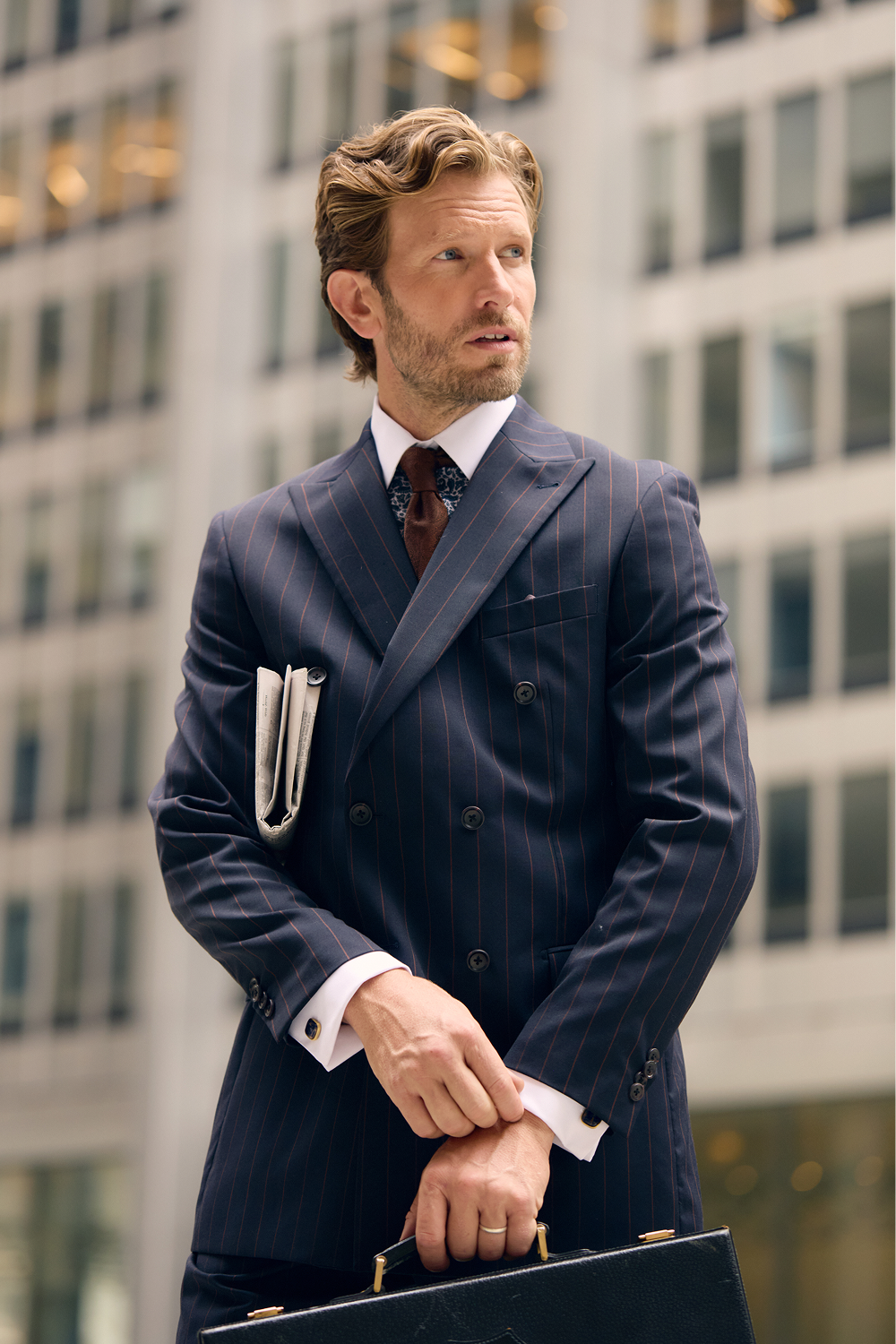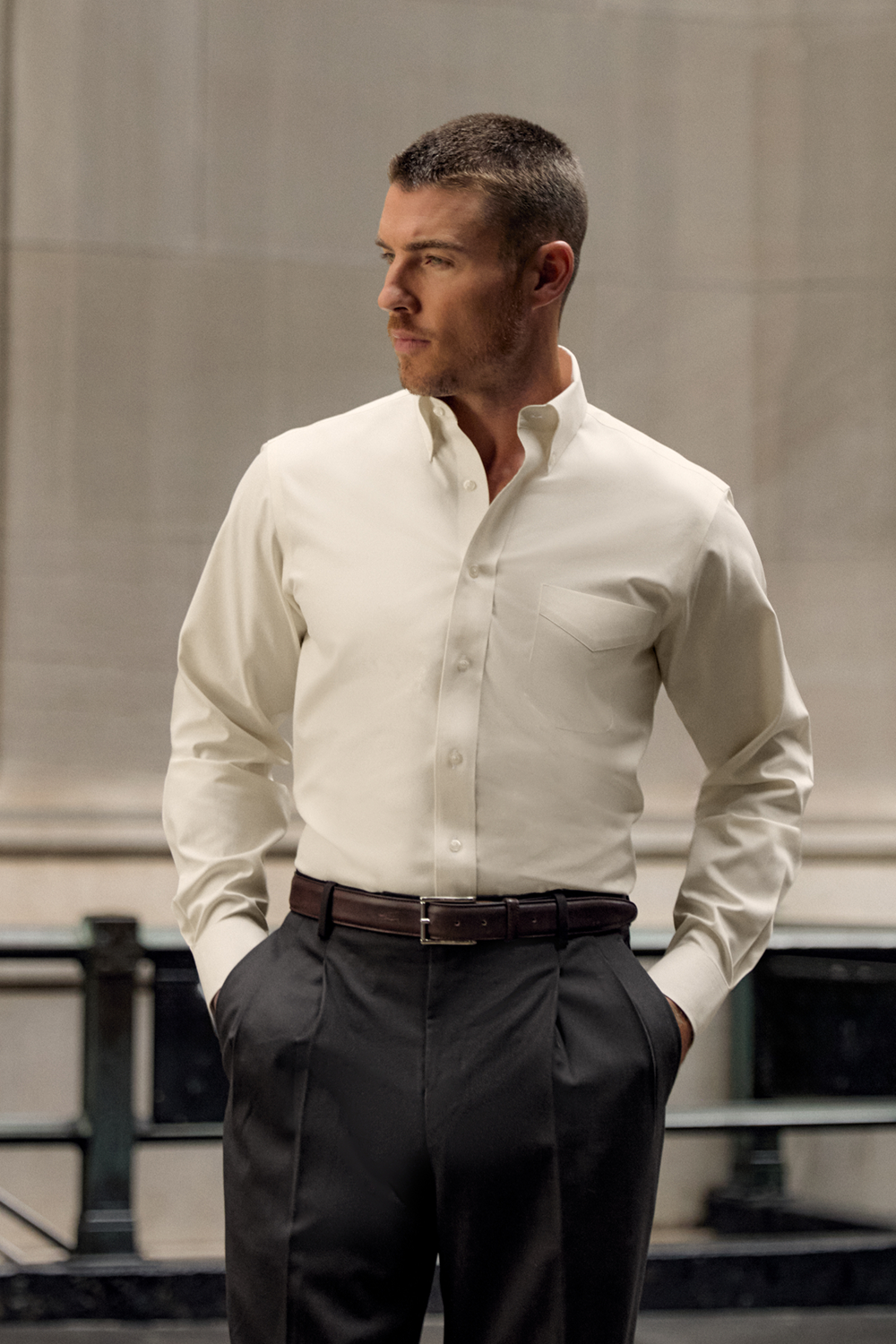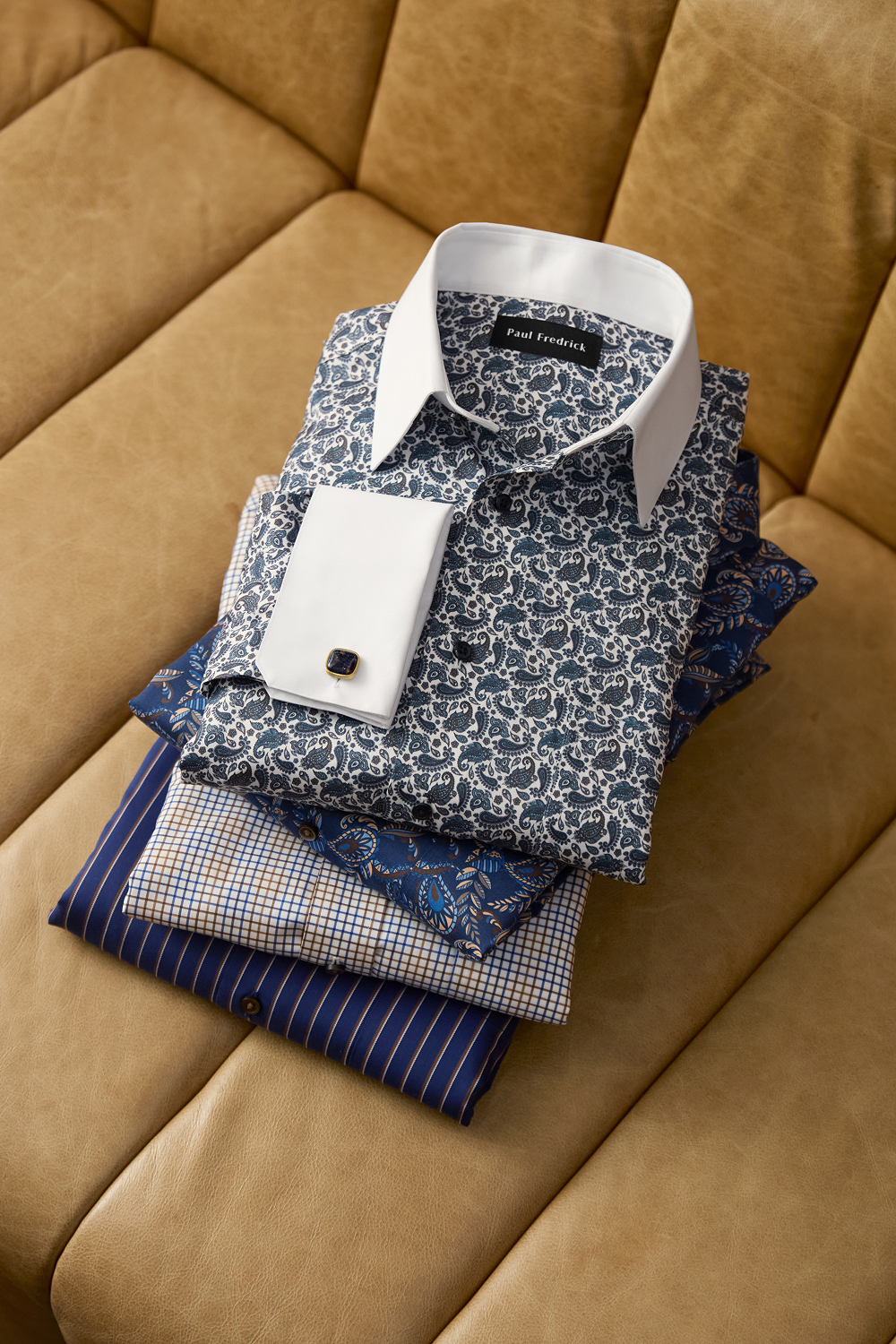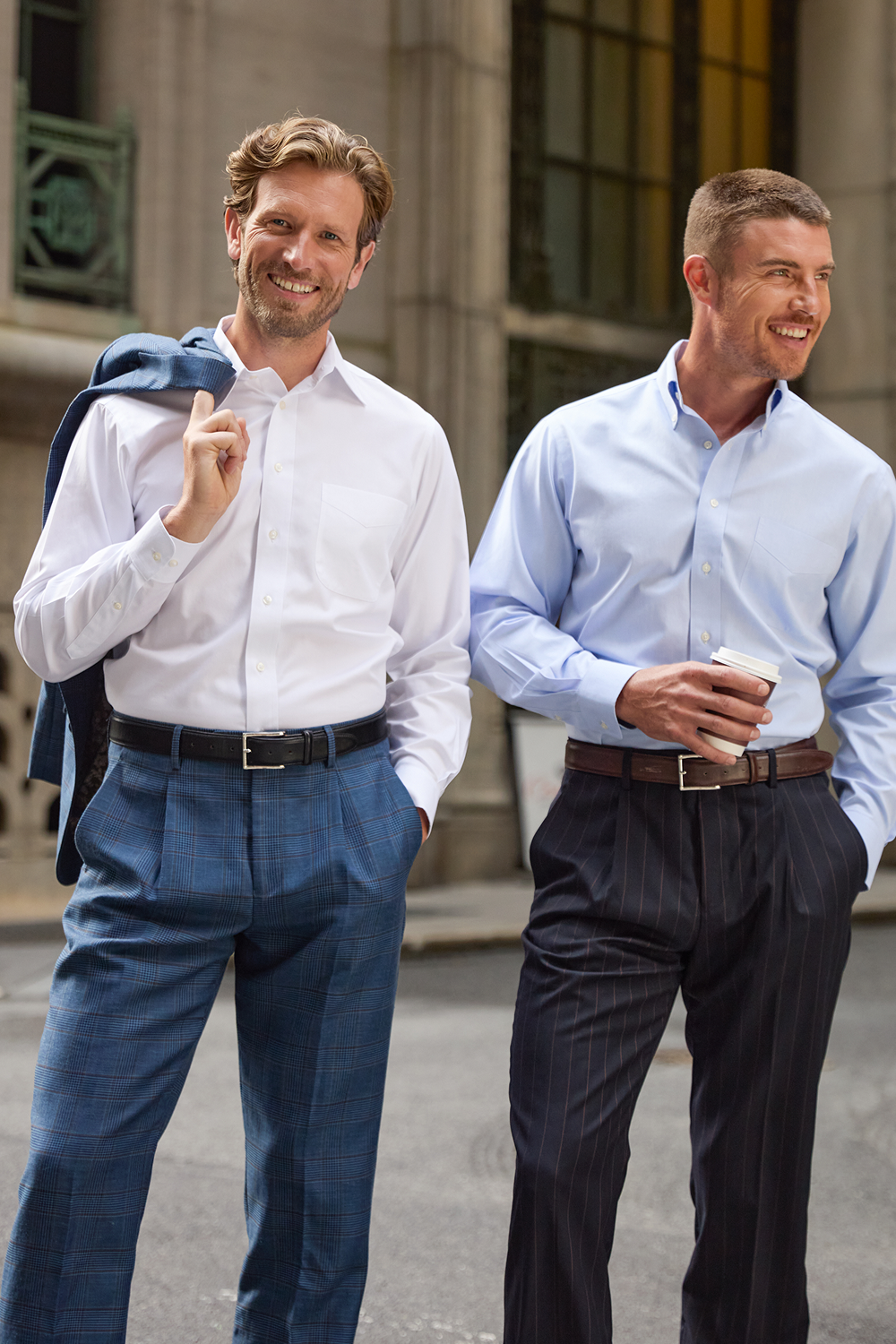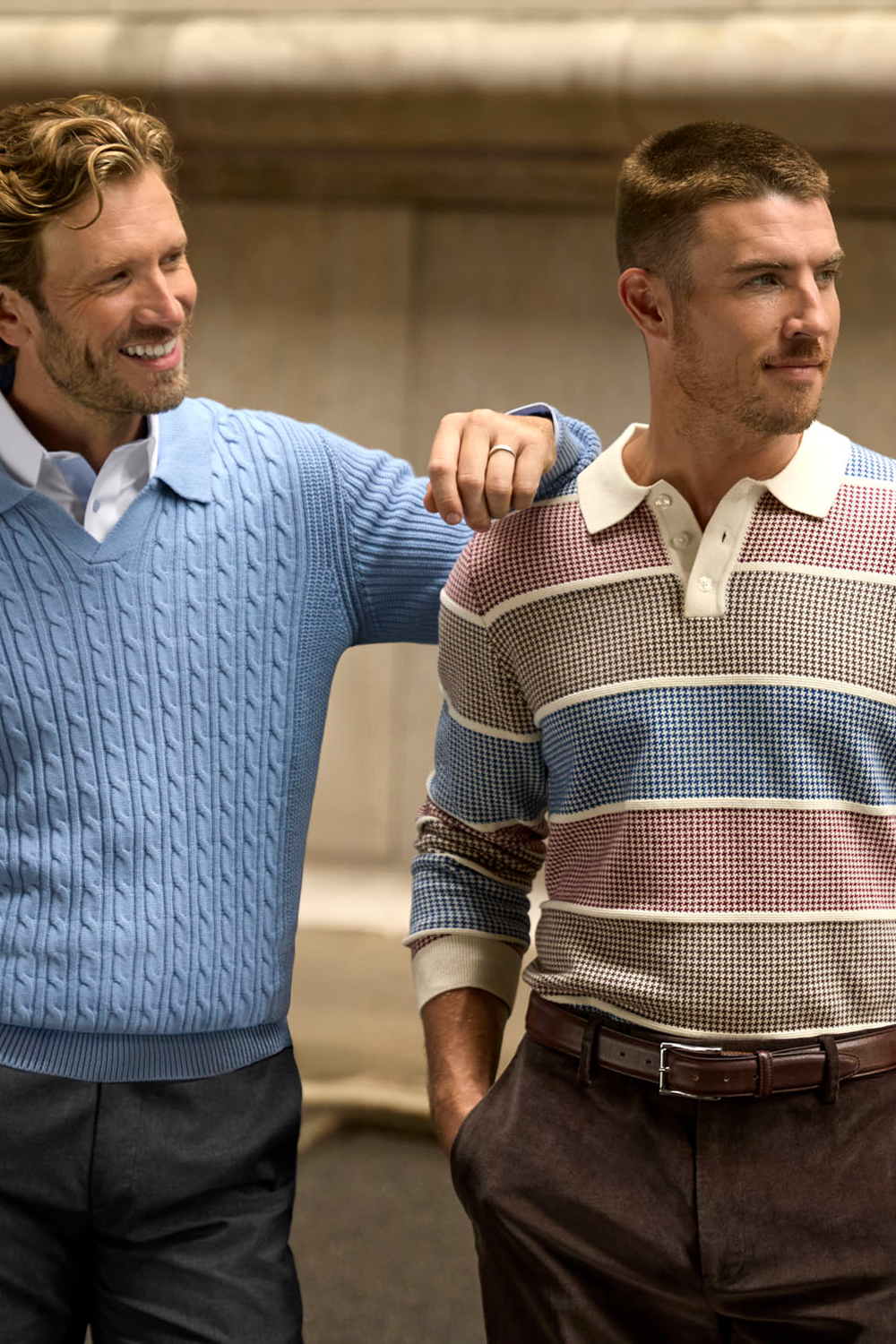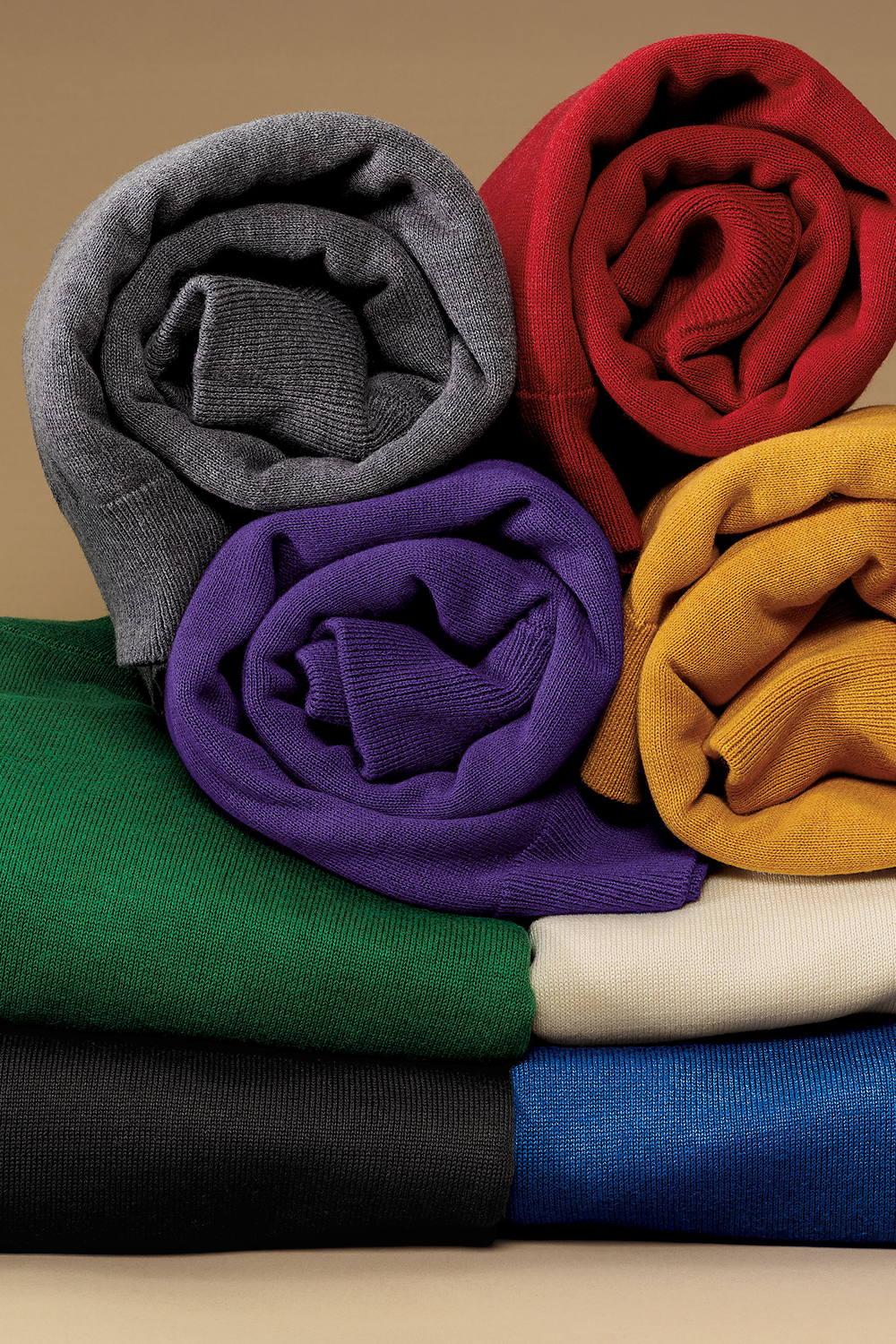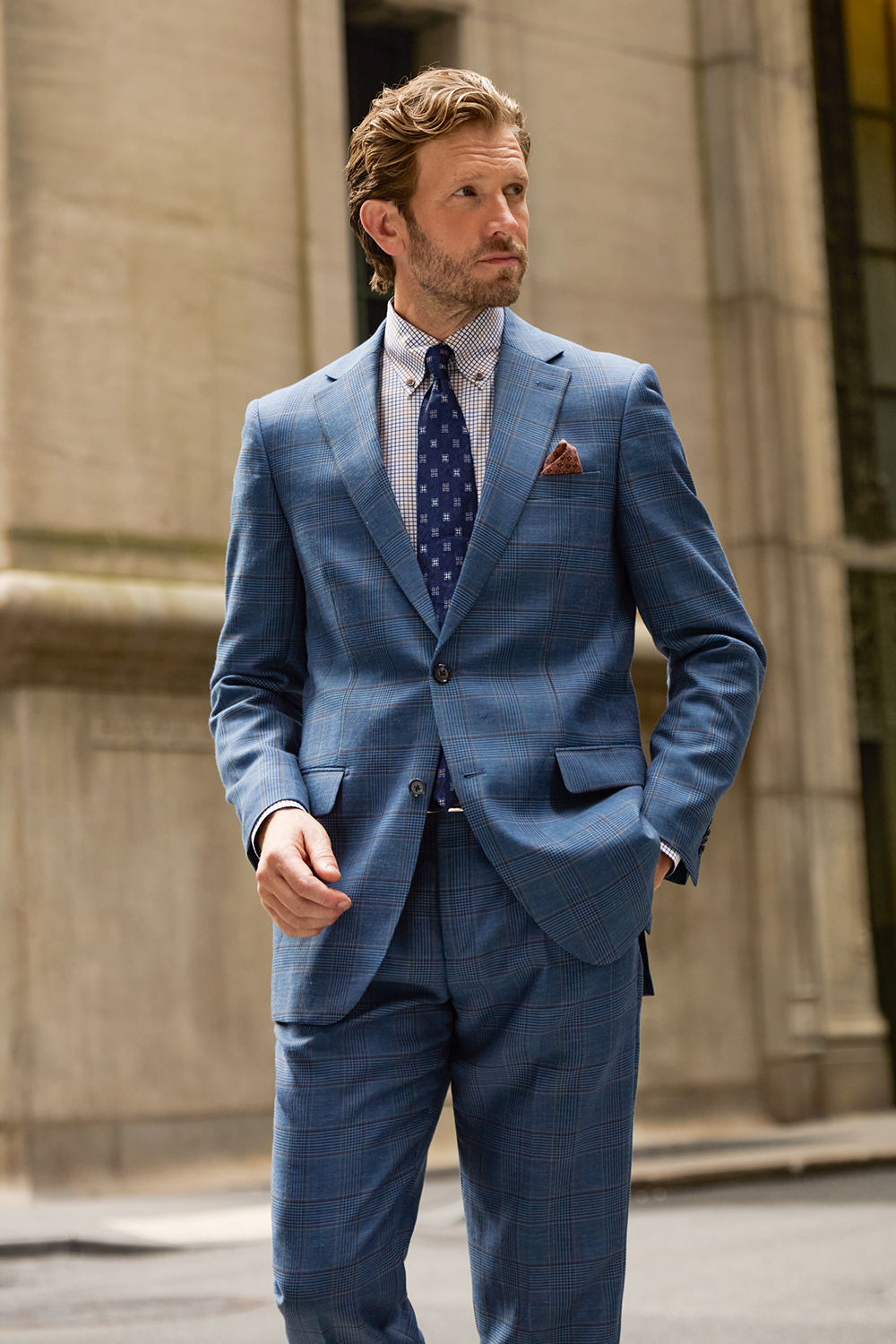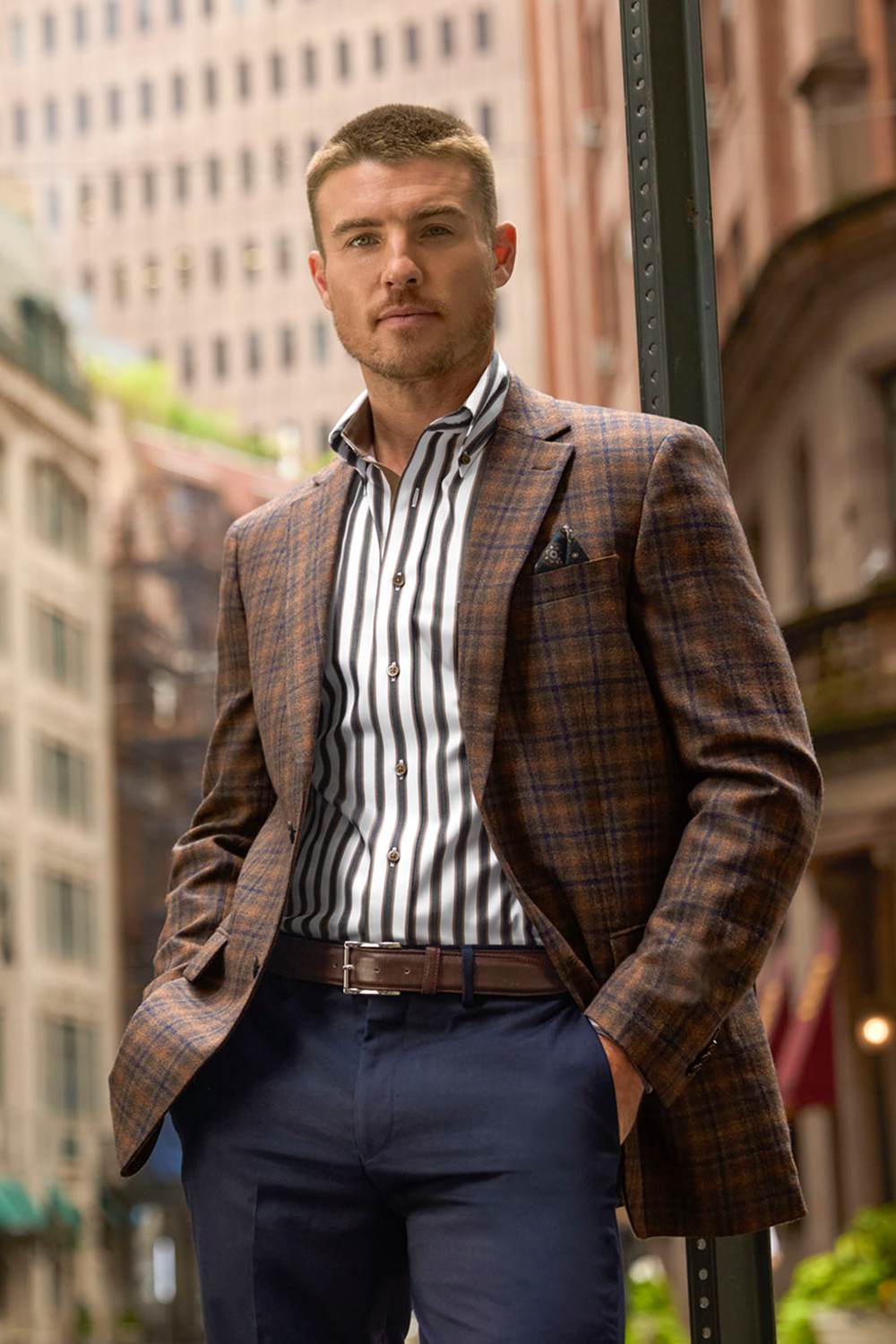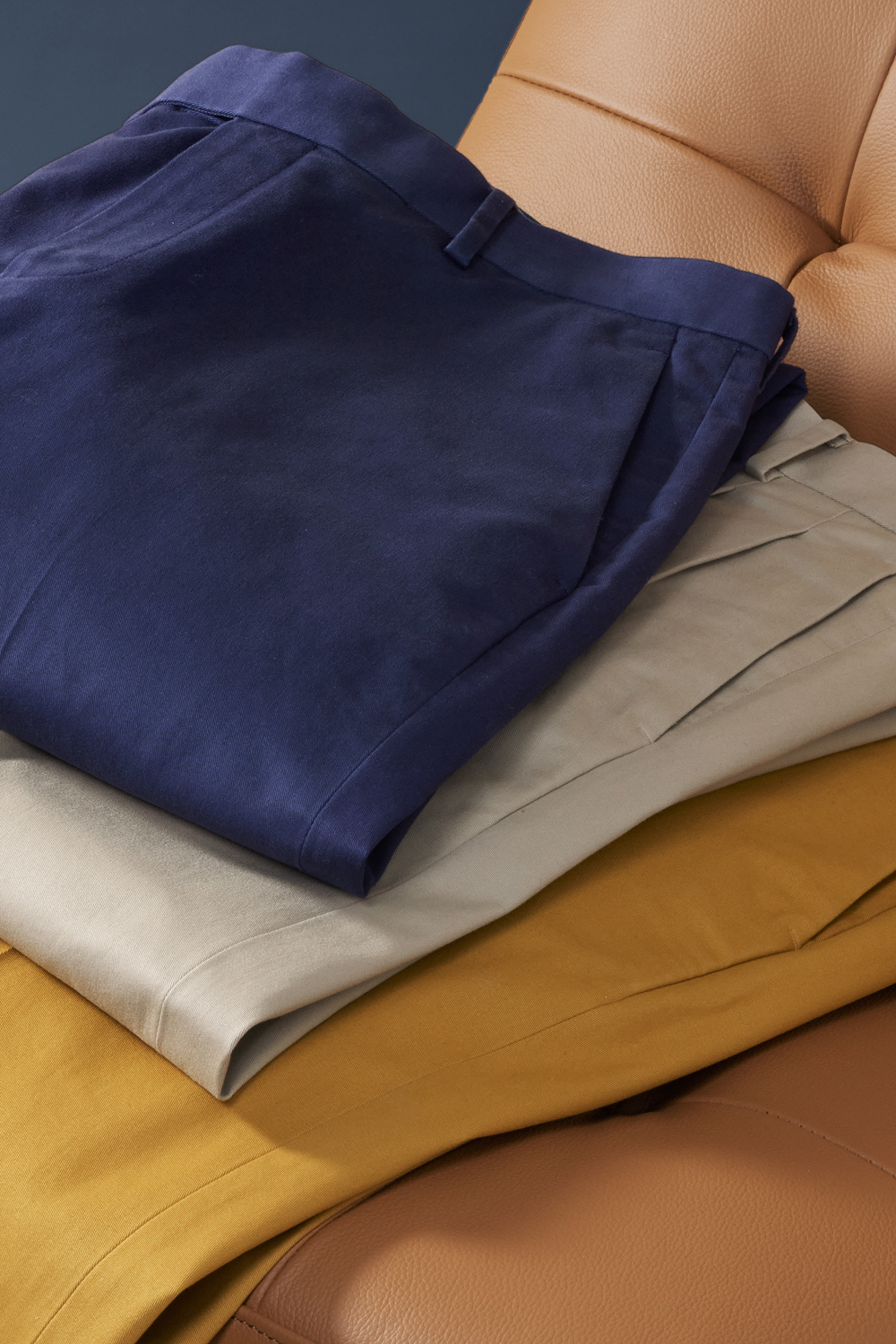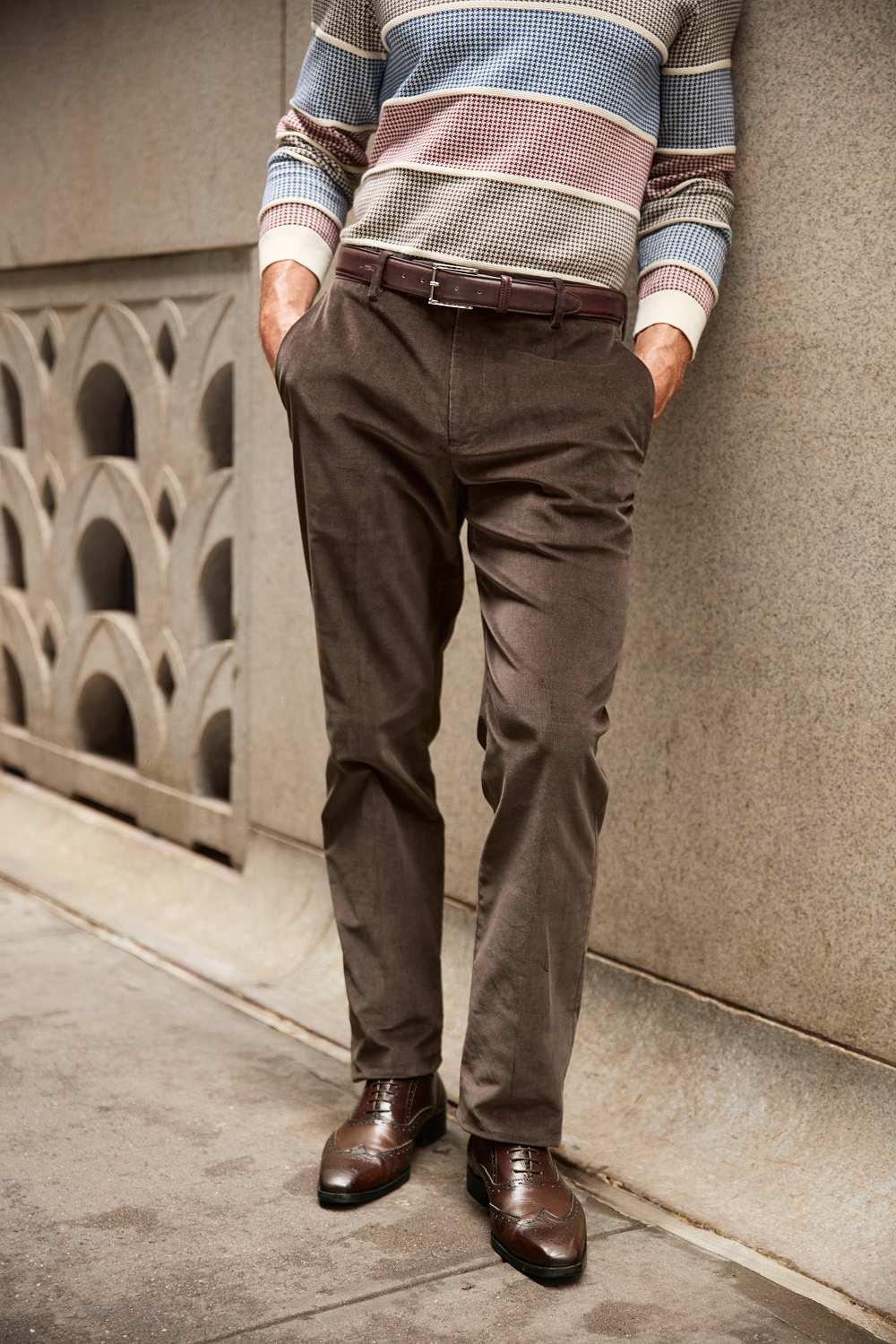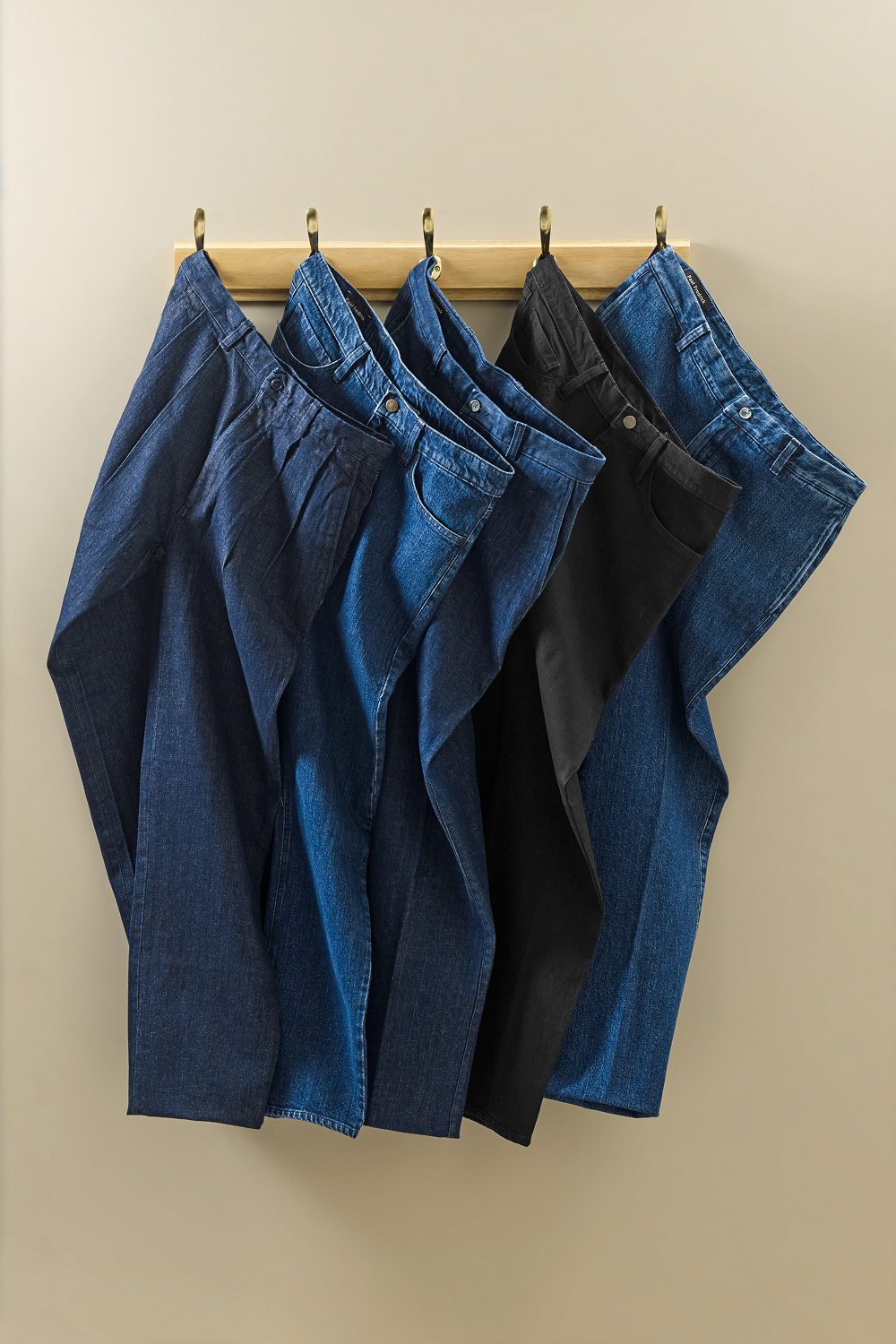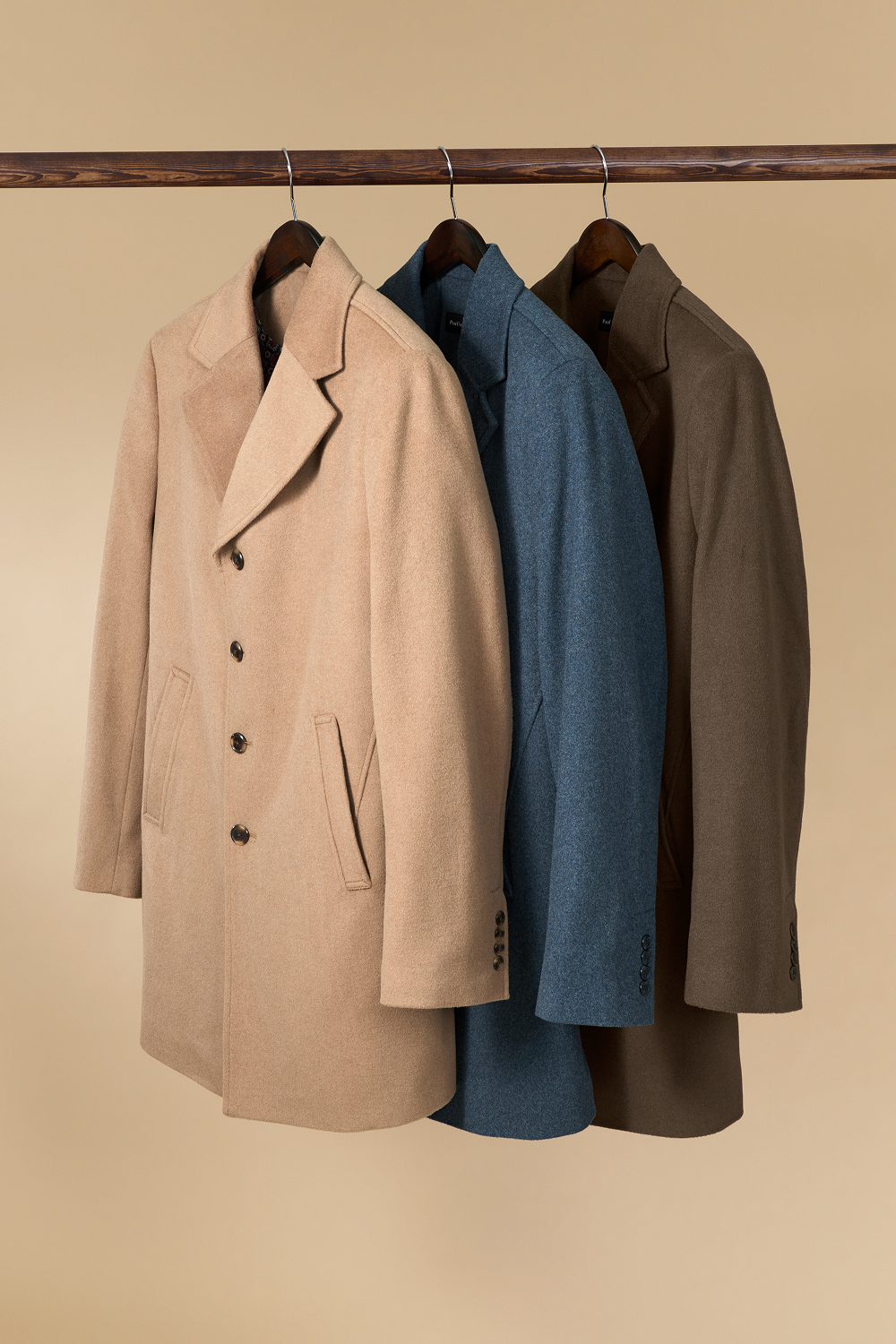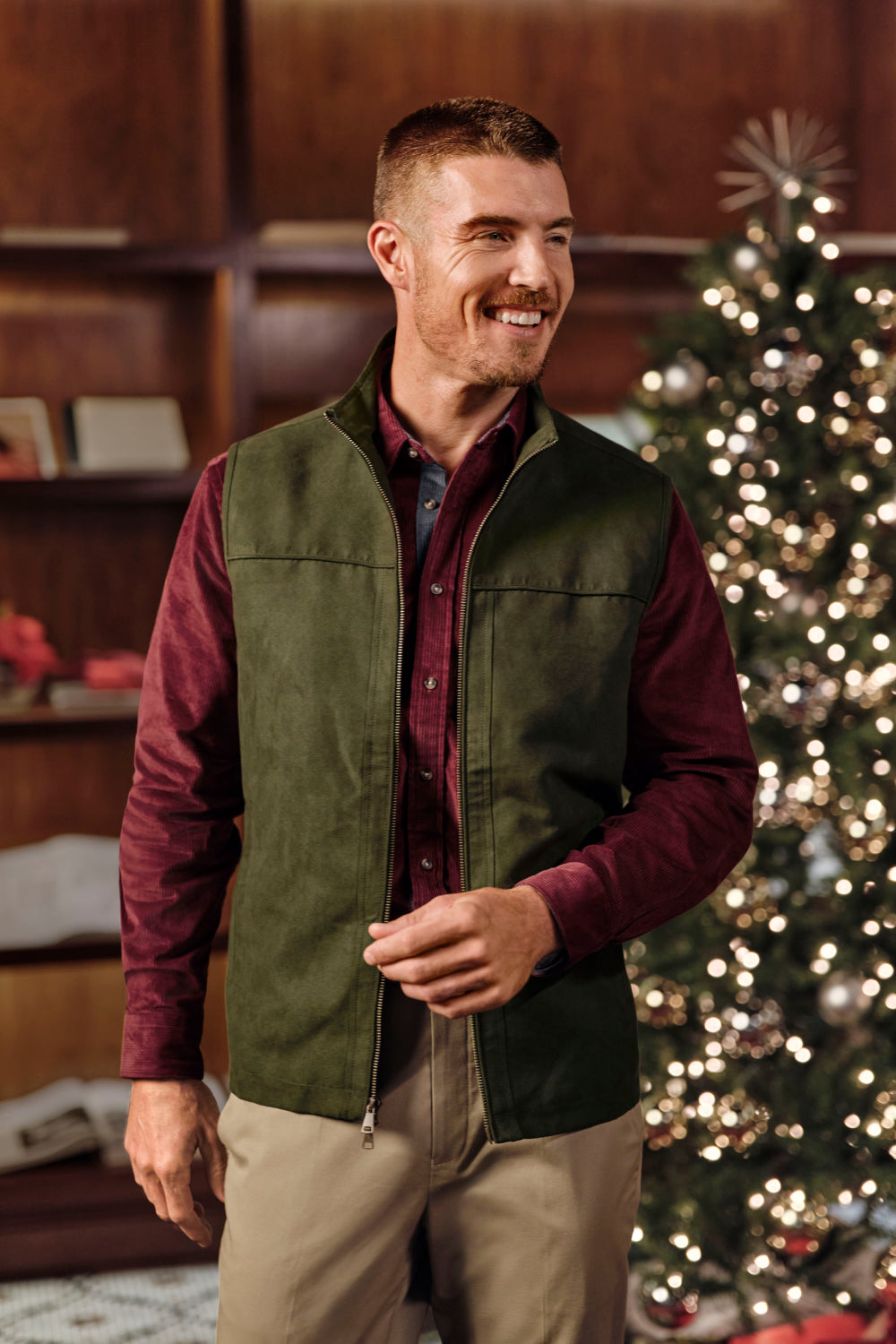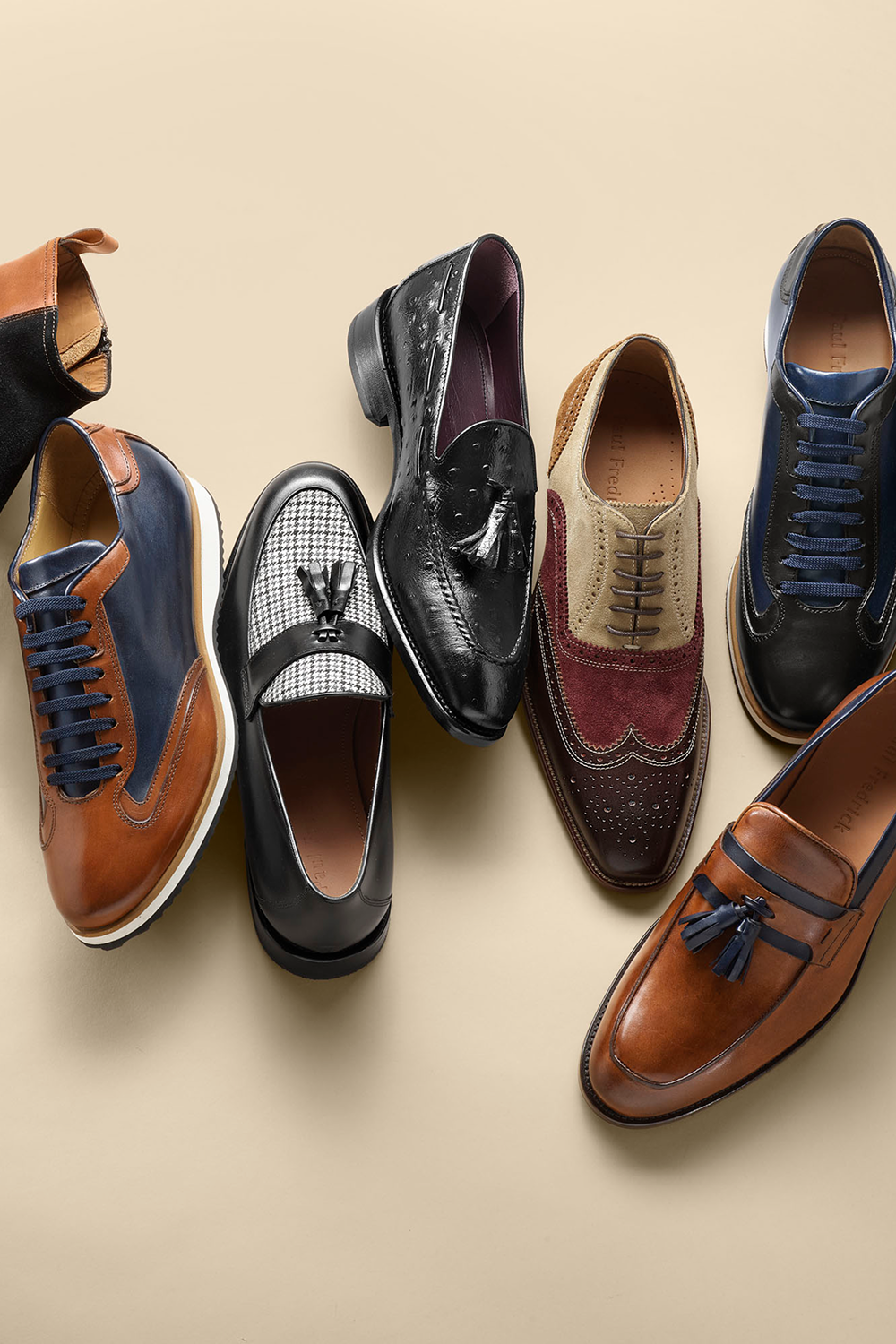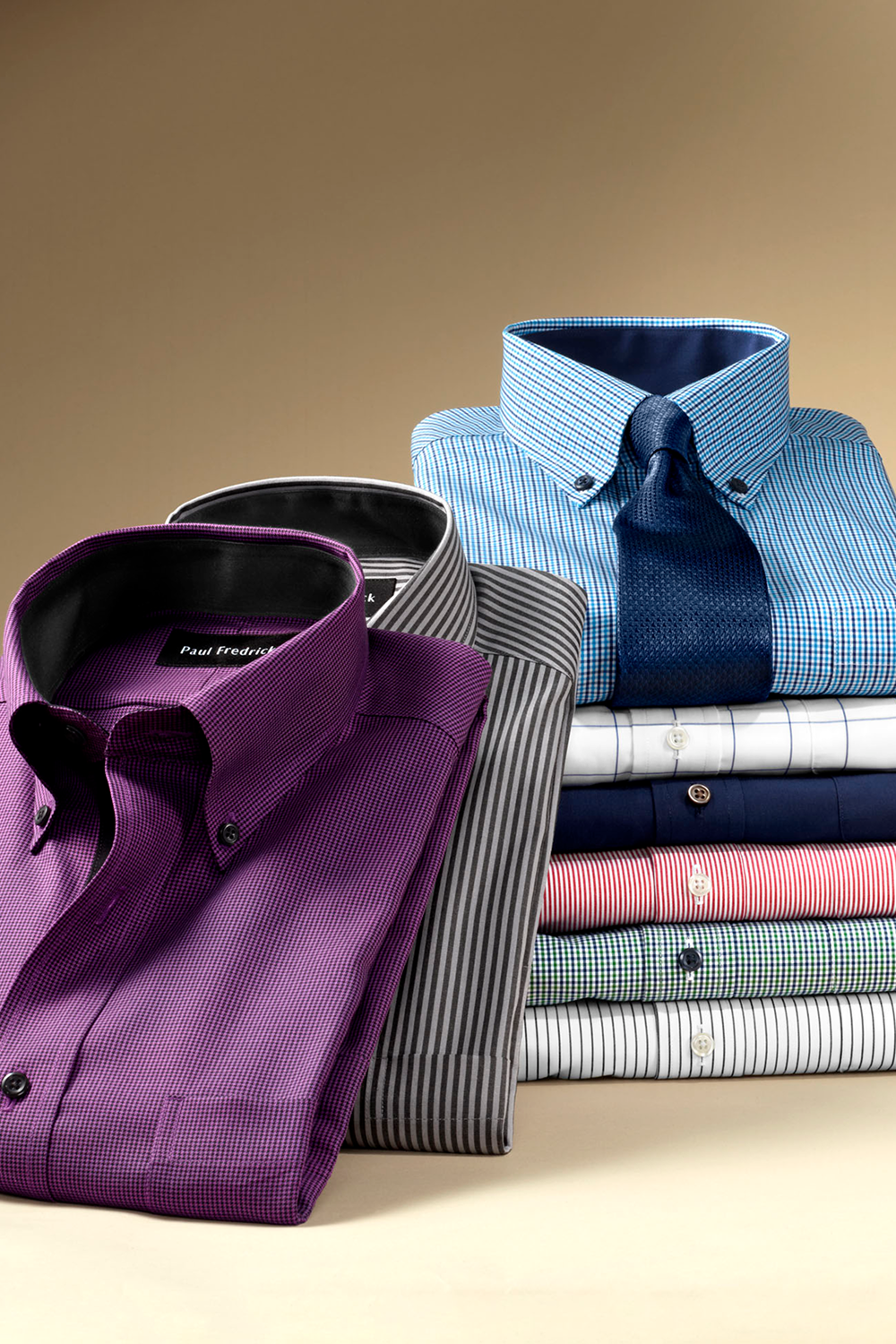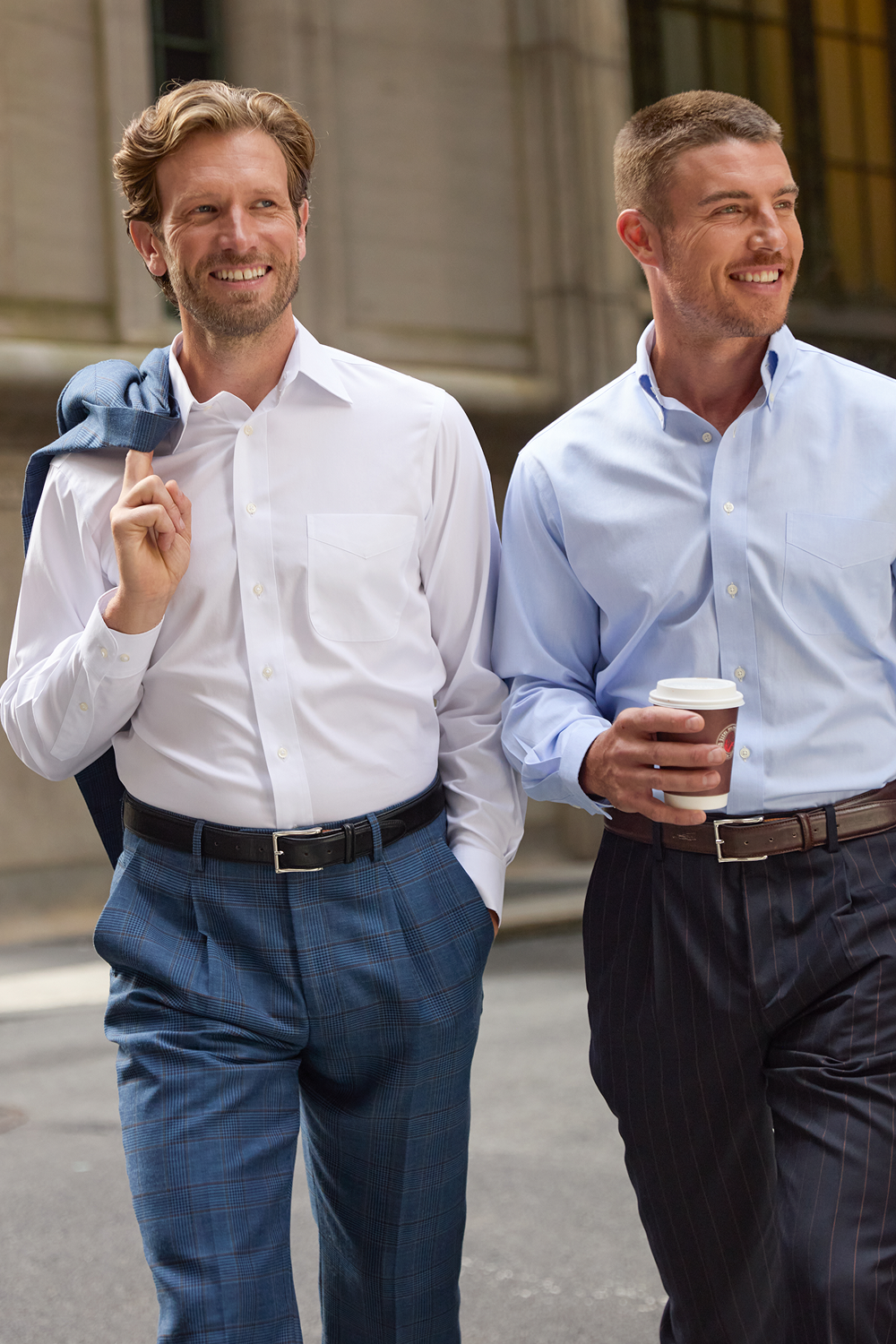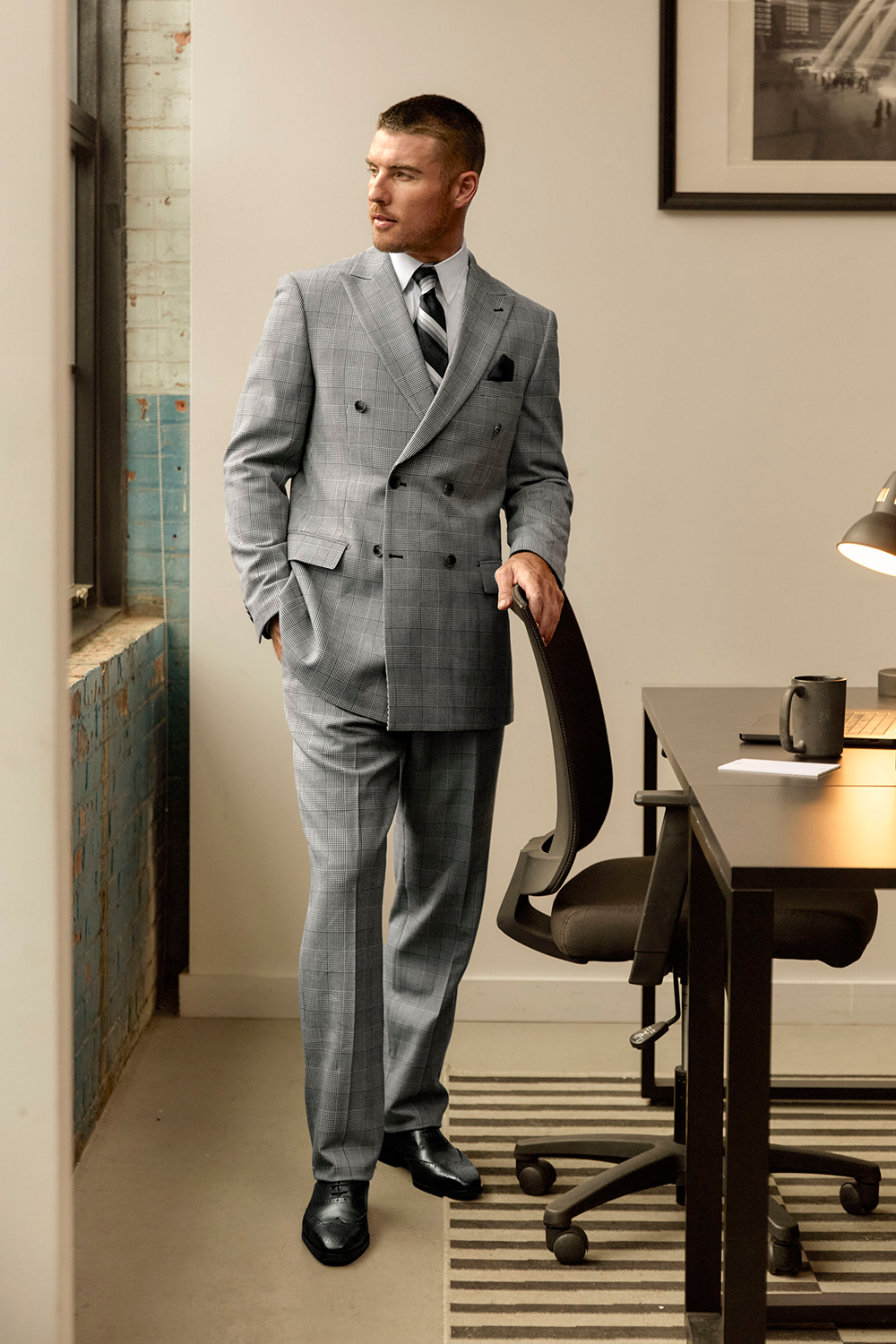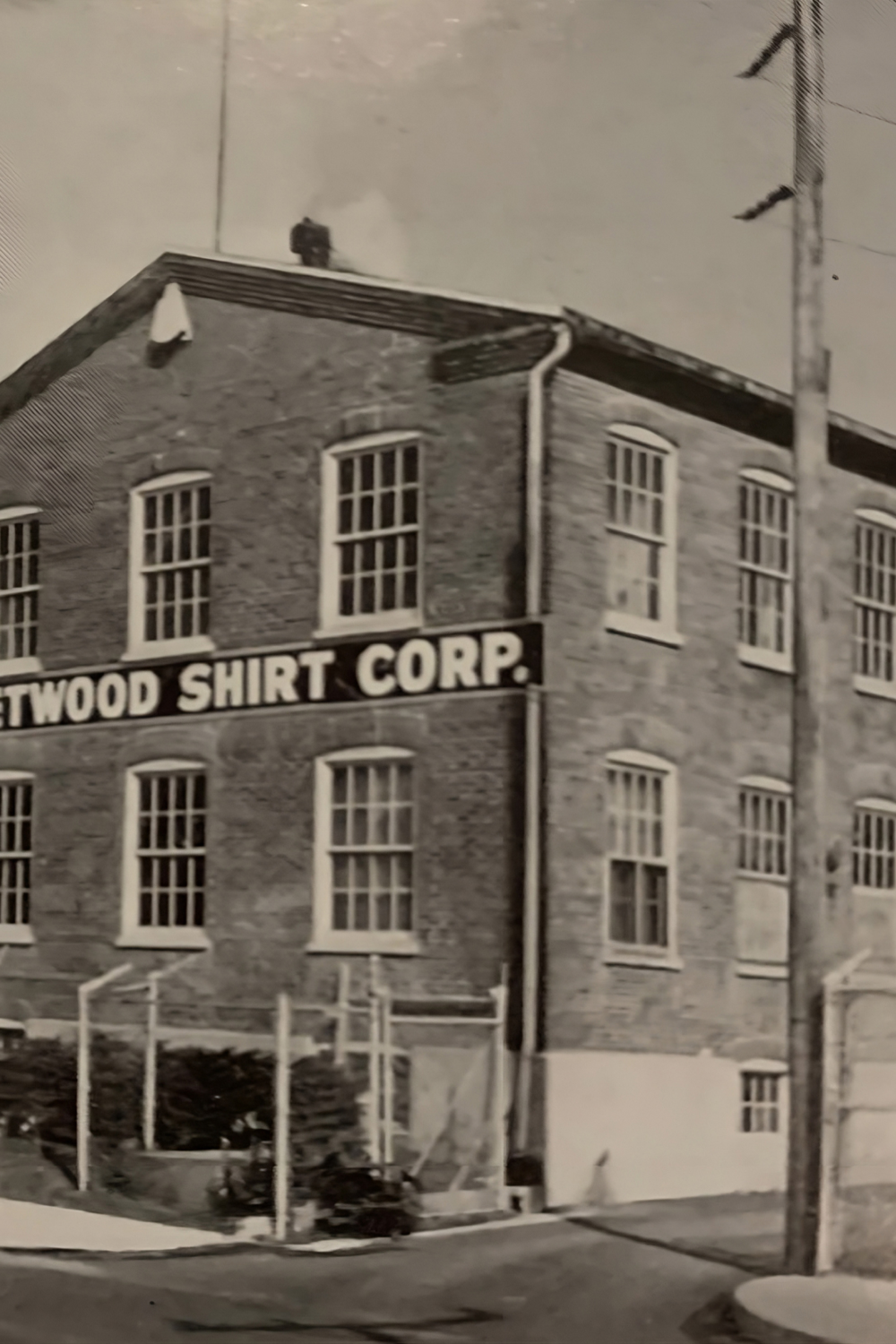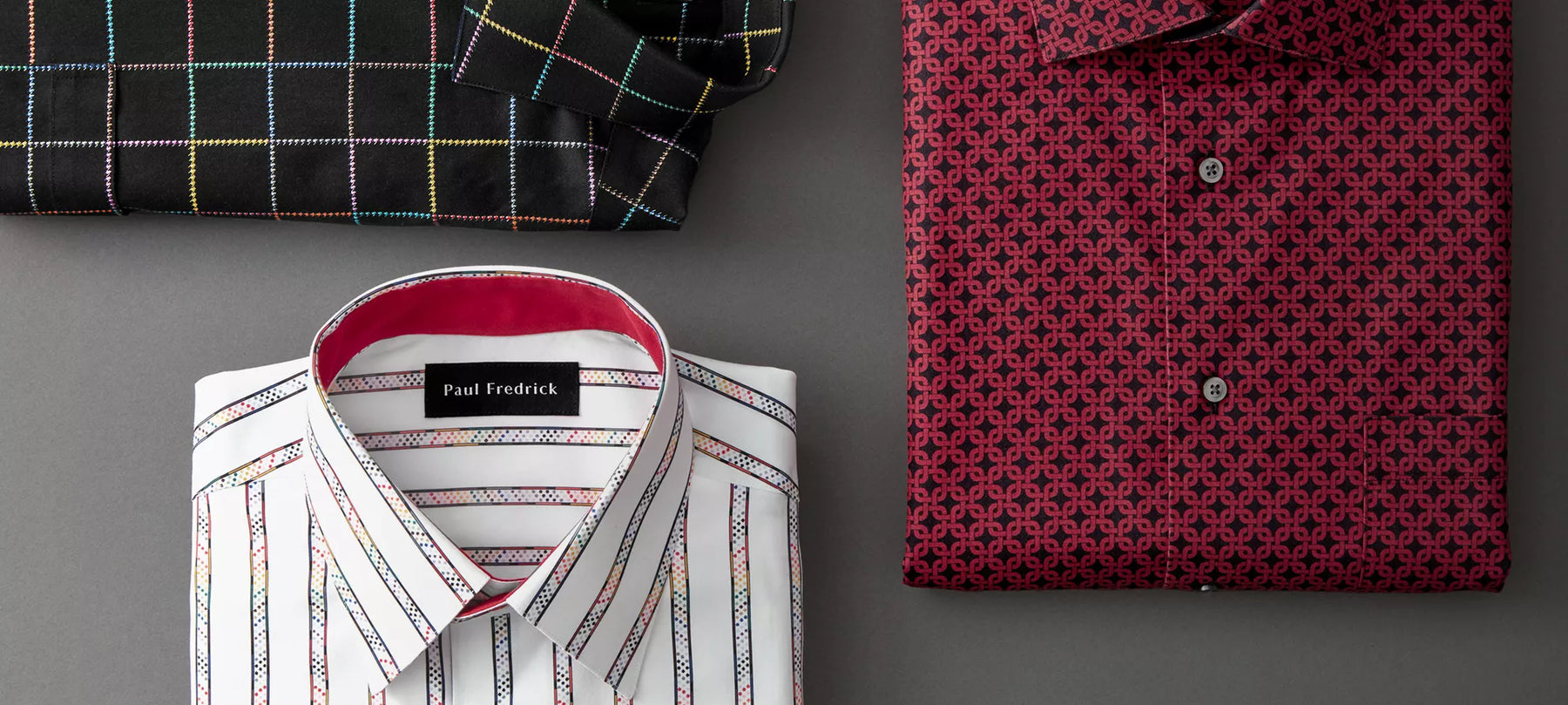“Business Casual” sounds like such a simple concept, but the reality is that both employers and employees struggle mightily with dressing in more relaxed business environments. The challenge is that, when talking business casual attire, there is no universally agreed upon uniform or dress code. For those workspaces that require business casual dress, some companies allow jeans, while others desire slacks and khakis. Some are open to open-toed shoes, while others ask that flip flops be left for the beach. Some business casual wardrobes include bold, colorful statement pieces, while others are made up of pastels and more subdued patterns and hues. How can you know what attire will be considered appropriate? To help answer this question, the Paul Fredrick merchandising team has come up with 10 tried-and-true tips that will help men like you successfully put together a wardrobe for the business casual workplace. From the top down:
- Hats – The fashion-forward male may gravitate towards a sporty fedora or cap as the finishing touch on his work ensemble. Know that not all workplaces will welcome your curated selection of hats. The more liberal the office or industry, the better your chances of getting the “OK” on this accessory from HR.
- Shirts – We feel that the best thing about a business casual dress code is the number of options men have for shirts. With or without a tie, a nicely fitted dress shirt is a staple in the workplace setting. The cotton fabric makes this option ideal for wear year-round, though you should have no issues rolling up your sleeves during the warmer months in a business casual office.
For those looking for short sleeve options, keep in mind that golf attire is a separate concept, and those polos should be left on the green. A sport shirt is a much more stylish and sophisticated alternative. Unless your solid-colored tee is going under a cardigan, collared shirts are your best bet in these types of office settings. - Sweaters and Vests – In the fall and winter, change up your wardrobe with long sleeve merino wool sweaters. These can vary by color, pattern, neckline, and by layering with a dress shirt underneath. Vests also make for a great layering piece, and can be worked into your wardrobe in Spring and Fall, when temperatures may vary greatly during the day. These add a polished touch to any casual ensemble.
- Sport Coats & Blazers – We recommend you invest in a couple of sport coats – they are very versatile, and can pull together any outfit effortlessly. Choose one in the black/grey family and one in shades of tan/brown. Like trousers, sport coats are available in a variety of wool weights appropriate for all types of weather.
On days you’ll be meeting with clients or investors, choose a slightly dressier blazer in navy or dark grey. In either wool or cotton, these pieces are a smart option for most any occasion. - Jackets & Coats – Pea coats are also a versatile essential for the professional male. Though often seen as a too formal option, pea coats can be purchased in various shades and styles to blend seamlessly into a more casual wardrobe. Other coats types that are appropriate for work casual environments: insulated down coats, flight and bomber jackets, trench coats, blouson jackets, and wool car jackets. When it comes to outerwear, the more tailored and solid in color, the better.
- Pants – You cannot go wrong with wool trousers at the office. From tropical weight wool in the summer, to flannel in the winter and gabardines in between, wool is the perfect fabric for trousers in the workplace. When it gets really warm, try linen or silk trousers. Both are dressy enough for the office and will keep you cool to boot. In more relaxed environments, we highly suggest chinos over a pair of blue jeans. Whatever you pick, don’t forget to finish them off with a sharp-looking belt!
- Shoes – Make sure your shoes are in sync with the rest of your outfit. Leave the topsiders and tennis shoes at the country club, and opt instead for classy yet casual loafers, boots, and oxfords. Black and brown shoes are a must, and once you have the basics covered, you might play around with other colors. We recommend gray, navy, tan, and even white for an unexpected contrast.
- Colors & Patterns – Solid trousers provide the most versatility in any business casual wardrobe. Pair them with patterned dress shirts or sport shirts in bright colors or bold patterns – this allows you the ability to make a statement that shows off your personal flair, without being too over-the-top. One exception to the above – buy a pair of patterned trousers that you absolutely must have, and match it with a solid knit shirt. On other occasions when you want to add some personality to your outfit, you can’t go wrong with a statement-making tie, scarf, or pair of sunglasses.
- Accessories – Business casual attire offers room for unique customization with accessories, and also the freedom and ability to forego them all together if you’d rather a simpler ensemble. It is up to you whether or not you choose to wear a tie to the office; you can also decide whether a pocket square is a fun embellishment or wholly unnecessary for your sport coat. You get final say over what is an “appropriate” color for socks (if you want to wear them at all), what color belt you choose, and whether you’d prefer to carry a briefcase or messenger bag to work.
Accessories are your chance to either interject extra personality into your appearance, or to take full advantage of the business casual style and simplify your outfits as much as possible. - Grooming – This is an important distinction between casual and business casual settings. Before leaving the house, it is imperative that your overall appearance is clean and well-groomed. This is a huge point that separates business casual workplaces from more casual settings.
- Dress for Success – Finally, don’t be shy about dressing up, even in a business casual environment. Just because it is more relaxed in appearance does not mean one can merely throw an outfit together. Put some thought into your attire, and consider the inclusion of more formal pieces as well.
There are plenty of ways to mix, match, and style the separates in your wardrobe to design a highly impressive business casual collection. Remember, there is nothing wrong with being the best-dressed guy in the place!
